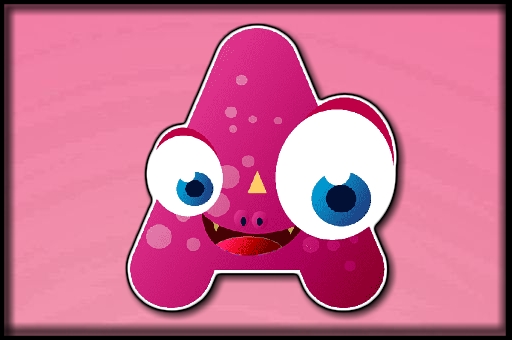
Letter Shapes is a fun and educational game designed to help children learn and recognize letters and shapes. The game aims to familiarize children with the alphabet letters and teach them to identify and recognize letters as they appear.
To play the game, children would likely be presented with various letter shapes on the screen, and their task would be to identify and match the correct letter for each shape. The game may include visual cues, audio feedback, and interactive elements to engage children in the learning process.

Launch the Game: Start the game by opening it on your device.
Main Menu: You may be presented with a main menu where you can find options such as Play, Instructions, Settings, or Levels. Navigate through the menu using the provided controls (such as taps, clicks, or arrow keys) and select the desired option.
Gameplay:
Interacting with the Game:
Progression and Levels: The game may have multiple levels or stages that gradually increase in difficulty. As you progress, the challenges may become more complex, introducing new letters or shapes.
Scoring and Feedback: Some games may provide a scoring system or feedback to let you know how well you're doing. It may track your progress, time taken, or the number of correct matches.
Please note that the actual gameplay and controls may vary depending on the specific game you are referring to. It's always recommended to consult the in-game instructions, tutorials, or any available help section for precise information on controls and gameplay mechanics.
there are many other games developed under Rankdle, let's try them out